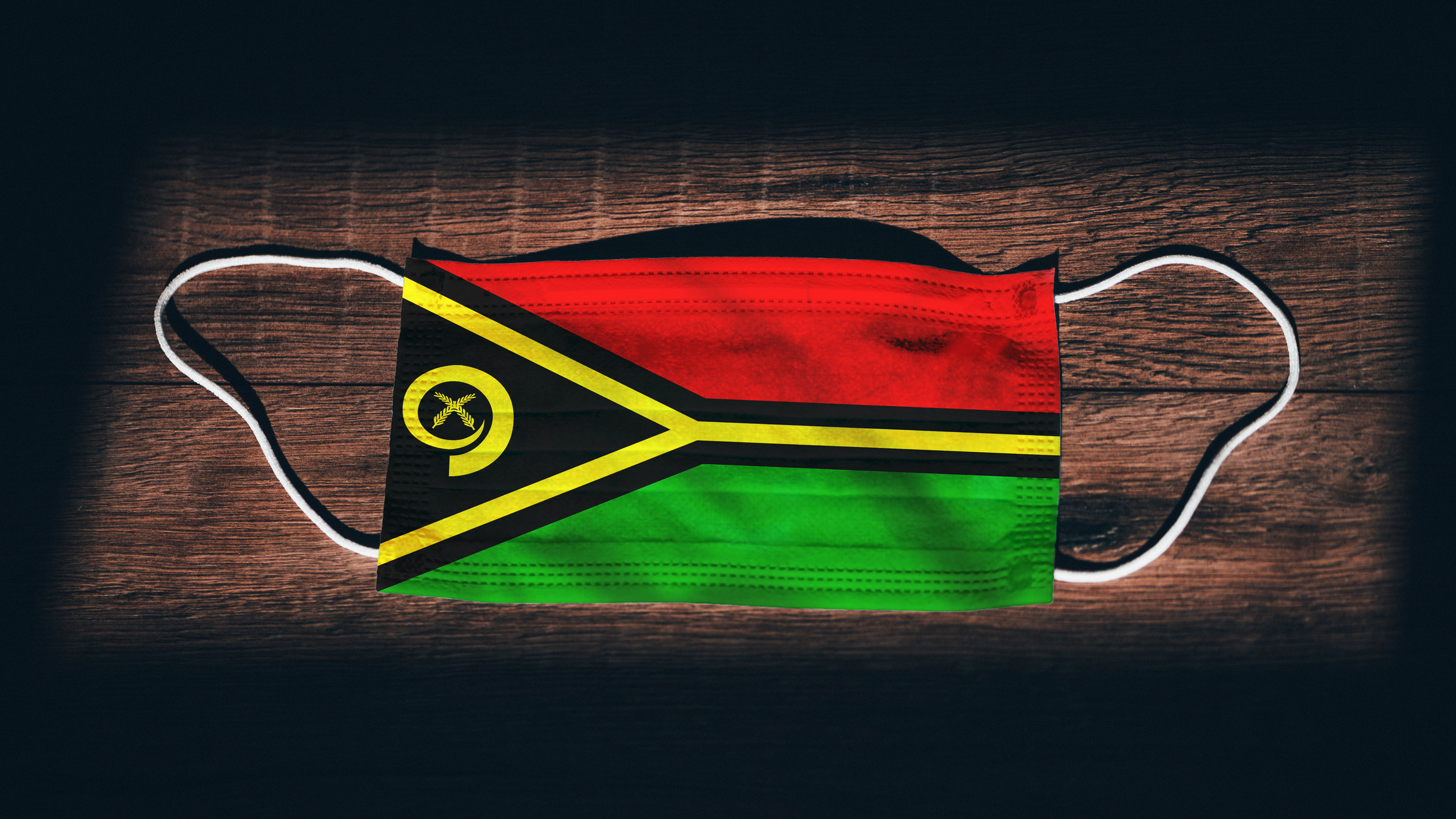This is Part II of a two-part essay. The first section addresses current issues facing humanitarian mobilities, while this section raises essential questions arising from pandemic-era emergency responses and charts potential paths forward. Read Part I here.
Some of the most important questions emerging from the Cyclone Harold response thus regard the localization of stored emergency goods and the mobilization of international workers in the pandemic, and post-pandemic eras. In terms of goods, how can emergency relief goods best be localized to be immediately available to those in need? On the future of responders, to what extent can humanitarian responses be organized and conducted without long-distance movements of personnel? What advantages do more localized responses provide--particularly in terms of reducing gaps later on, when the emergency response ends? The history of responses is dynamic and contentious, and the current crisis should once again shake up norms and practices. Indeed, the response to Super-Cyclone Amphan provided tentative answers to these pressing questions almost immediately.
In the days preceding the imminent arrival of Super-Cyclone Amphan, humanitarian agencies, buffered by data gleaned from the Cyclone Harold response, changed their approach. More goods were prepositioned, with particular attention paid to hygiene-related goods, and remote trainings were organized in advance to help build the technical skillsets of local aid workers already on the ground—thus localizing skills as well as goods, rather than waiting for technical assistance to be flown in from abroad. Over 70,000 Cyclone Preparedness Program volunteers were trained, and partners in local community organizations took on a larger role as the storm approached. In Cox’s Bazar, home to more than one million refugees from Rakhine State, volunteers—many refugees themselves—assisted with preparedness and awareness. Millions evacuated before the arrival of the cyclone, some going to emergency shelters despite the risks related to COVID-19—the delicate balancing act of risk mitigation was left for individuals themselves to determine. In the end, while the humanitarian presence and capacity in the region was significantly higher than that in the areas damaged by Cyclone Harold, and though the governments of the region raised less barriers to international aid, the steps taken to localize assistance and training proved effective in a moment when traditional international reinforcement was hampered by the pandemic, saving lives and minimizing the damage of the Super-Cyclone. Further, local capacities enhanced by the pre-cyclone trainings will enhance the resilience of communities for future crises, perhaps reducing the need for international assistance in the long-term. The second major pandemic-era crisis response was largely a success.
Overall, responses to these two crises highlight the need for urgently reconsidering response localization for two major reasons. First, it is impossible to predict exactly how long humanitarian responders may be sidelined--even after the pandemic ends, some governments may use the pandemic as rationale to continue blocking humanitarian entries. Secondly, the departure of outside responders has long created problems and left capacity gaps in response areas, creating a recurrent need for outside assistance and mobilization when another crisis strikes. This can be minimized by increasingly localizing skills and resources, paving the room for preventative measures, rather than just reactive ones. The pandemic era is an ideal time to test these forms of response.
As Jacqueline De Gaillande went on to explain about the Cyclone Harold response, even when overwhelmed, “Our people on the ground are dedicated to supporting each other – they are resilient. They are empowered and are not waiting for people outside to help. We are doing it ourselves.” Using the pandemic as a catalyst, international humanitarian agencies should further assist local communities and organizations in developing long-term resiliency and response measures, reducing the overall need for recurrent massive long-distance mobilizations of international workers. Then perhaps the ‘new normal’ of post-pandemic responses will be a ‘normal’ that is stronger and more resilient than ever before.
William Jernigan works for the IOM Development Fund, at the International Organization for Migration in Geneva. He holds an Master’s Degree in Migration Studies from the University of Oxford.
The opinions expressed in this essay are those of the author and do not necessarily reflect the views of the International Organization for Migration (IOM)[i].
[i] The designations employed and the presentation of material throughout the report do not imply the expression of any opinion whatsoever on the part of IOM concerting the legal status of any country, territory, city or area, or of its authorities, or concerning its frontiers or boundaries.
